The Belém: the history behind the boilers on Northcott Beach
The two large cylindrical metal objects which sit nestled in varying levels of sand just north of Northcott beach, near Bude, are the boilers of the steam ship Belém which ran aground on the 20th November 1917 carrying a cargo of iron ore as part of the war effort. A low-tide visit to site in October 2020 revealed a number of other twisted metal components of the ship poking through the sand – the prop shaft, hull elements and part of the stern. This prompted further research that has uncovered fascinating details of the 24-year career of the ship which traded across northern Europe, the Mediterranean and the Black Sea before ending its days at Bude, reported here by our Head of Research, Julie Satchell.
The ship – originally Rhodos
The Belém was built in Flensburg, Germany, for the then recently established Deutsche Levante Line and was originally named Rhodos. Launched in 1890 this steel hulled cargo steamer measured 83m in length with a tonnage of 1,925. The boilers, that can be seen today on the beach, provided high-pressure steam for the three-cylinder triple expansion engine powering the single screw propeller, producing a top speed of 9 knots (just over 10 miles per hour).
Rhodos often used its home port of Hamburg, along with Bremen, Antwerp and Rotterdam from where it steamed regularly to and from ports across the Eastern Mediterranean and the Black Sea. Countries represented in the list of ports of call include Algeria, Belgium, Bulgaria, Egypt, Greece, Israel, Italy, Libya, Malta, Norway, Romania, Russia, Spain, Syria, The Netherlands, Turkey and the Ukraine, as well as a number of UK ports. At least 57 Mediterranean and Black Sea ports formed part of the Rhodos’ trading network prior to the First World War. Details of the specific cargoes carried are yet to be identified. Records of port arrivals and departures show that the ship was often in port for a short time before moving on for further stops to collect more cargo before continuing to is main destination. Some stops would have been to replenish stocks of bunker coal used to fuel the boilers – our prominent beach features. Malta, a key coaling station in the Mediterranean, appears frequently in the log of voyages. There is an apparent gap in use of the ship during 1891 and 1892 when no accounts of arrivals or departures have yet been discovered. These dates coincide with a serious cholera pandemic (the 5th major outbreak of the 19th century) which impacted Hamburg badly at this time and may have meant demand for goods and requirements to contain the outbreak kept the ship in port; a situation with particular resonance at the time of the site visit Covid-19 having laid up many ships from operation.
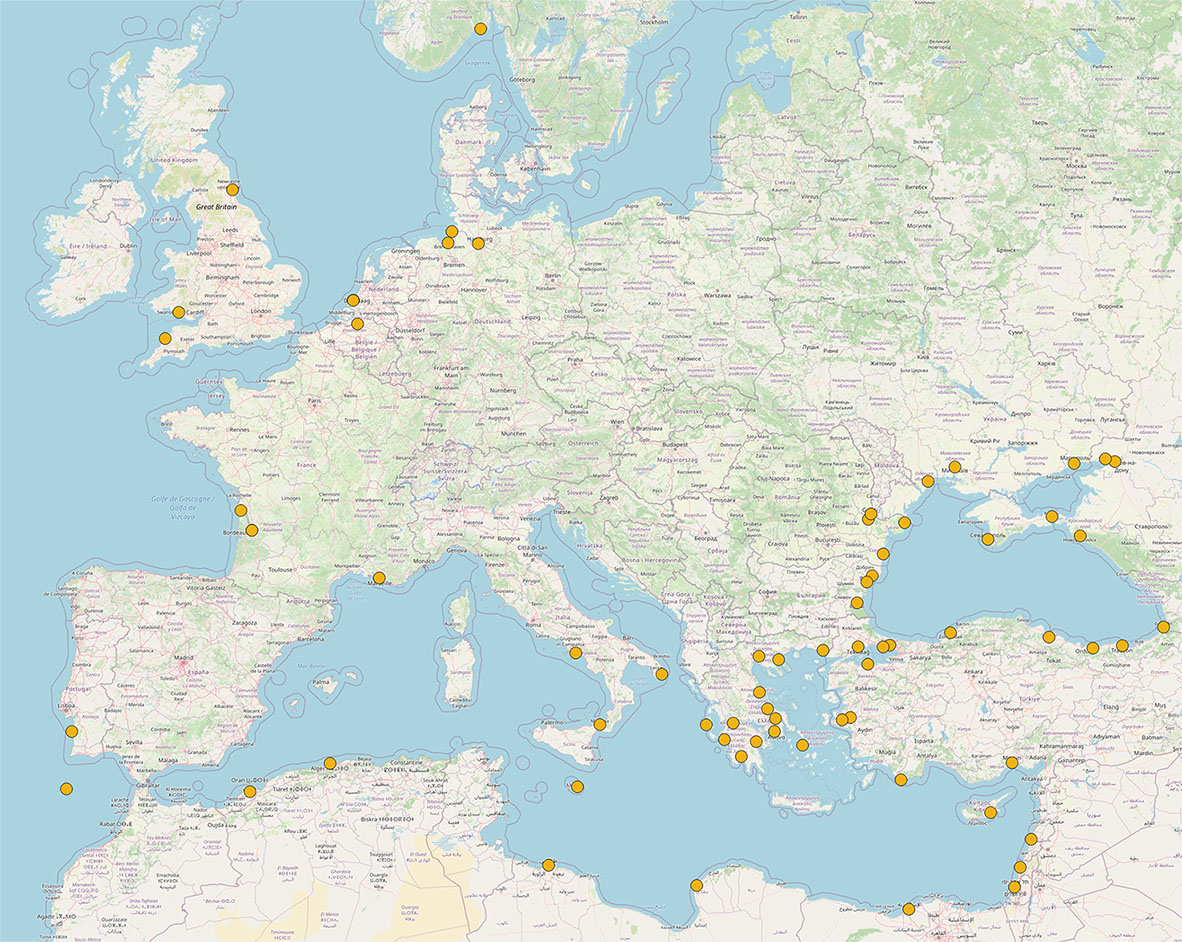
During its trading career Rhodos was carrying people, goods and ideas that impacted and influenced the social and political developments of these ports, countries and communities, making the ship a part of their history. The late 19th century processes of capitalism, imperialism and globalisation that were being fuelled by maritime shipping were soon to be drastically altered by the outbreak of the First World War.
The ship and the First World War
During war the Rhodos was seized while in port in Portugal, it was subsequently renamed as Belém and used to transport sulphur from Sicily to England for use in munitions production. There is an excellent blog produced in the Historic England series to mark the centenary of the wrecking of the Belém, it explores how the ship ended up in Portuguese ownership and why the site is significant as being a rare survival demonstrating Portugal’s role in the war.
The ships final voyage would be from Algeria, where it had loaded a cargo of iron ore as its usual cargo of sulphur was not ready. It stopped at Gibraltar on route where a deck gun was installed along with two Royal Navy gunners, bringing the number of crew to 33. Departing from port in convoy the Belém was too slow to maintain pace and became detached from the other ships (as reported in the Western Morning News). To minimise the ever-present threat from U-boats they sailed relatively close to shore, a decision which would contribute to running aground in dense fog at midnight on the 20th November 1917. Thanks to the efforts of local lifesavers all of the crew were safely recovered from the ship via breachers buoy.
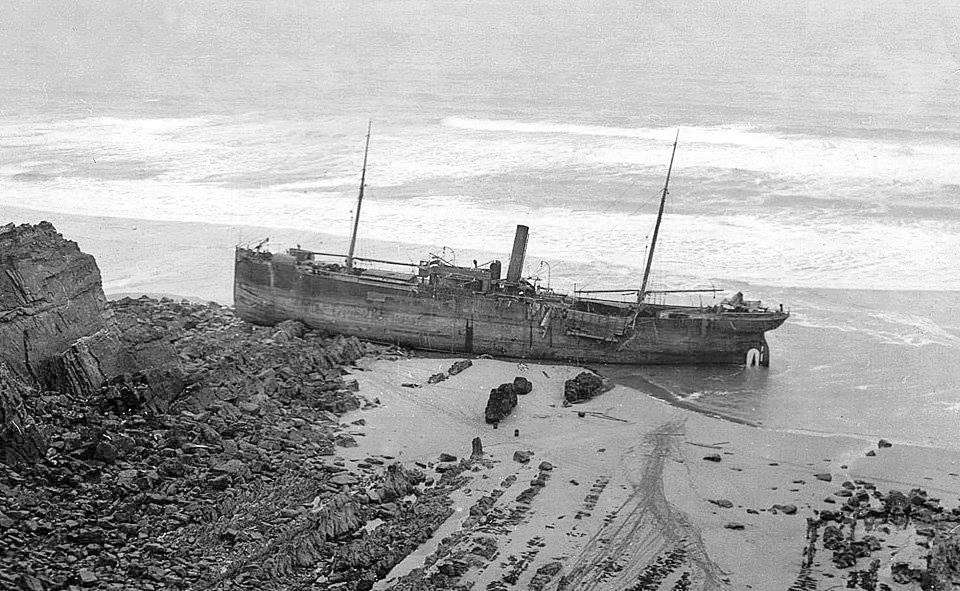
After the wrecking……
After the ship broke its back, salvage work was undertaken with holes being cut in the sides of the hull. A tender notice in the Western Morning News of the 19 January 1918 had advertised the ship offering “machinery, triple engines, and Main and Donkey boilers &c…. Also a quantity of salved sundries, warehoused at the Strand Stores, Bude, consisting of Ropes, metal, lamps, canvas &c”. The remains left today were either not of interest for salvage or too difficult to recover.
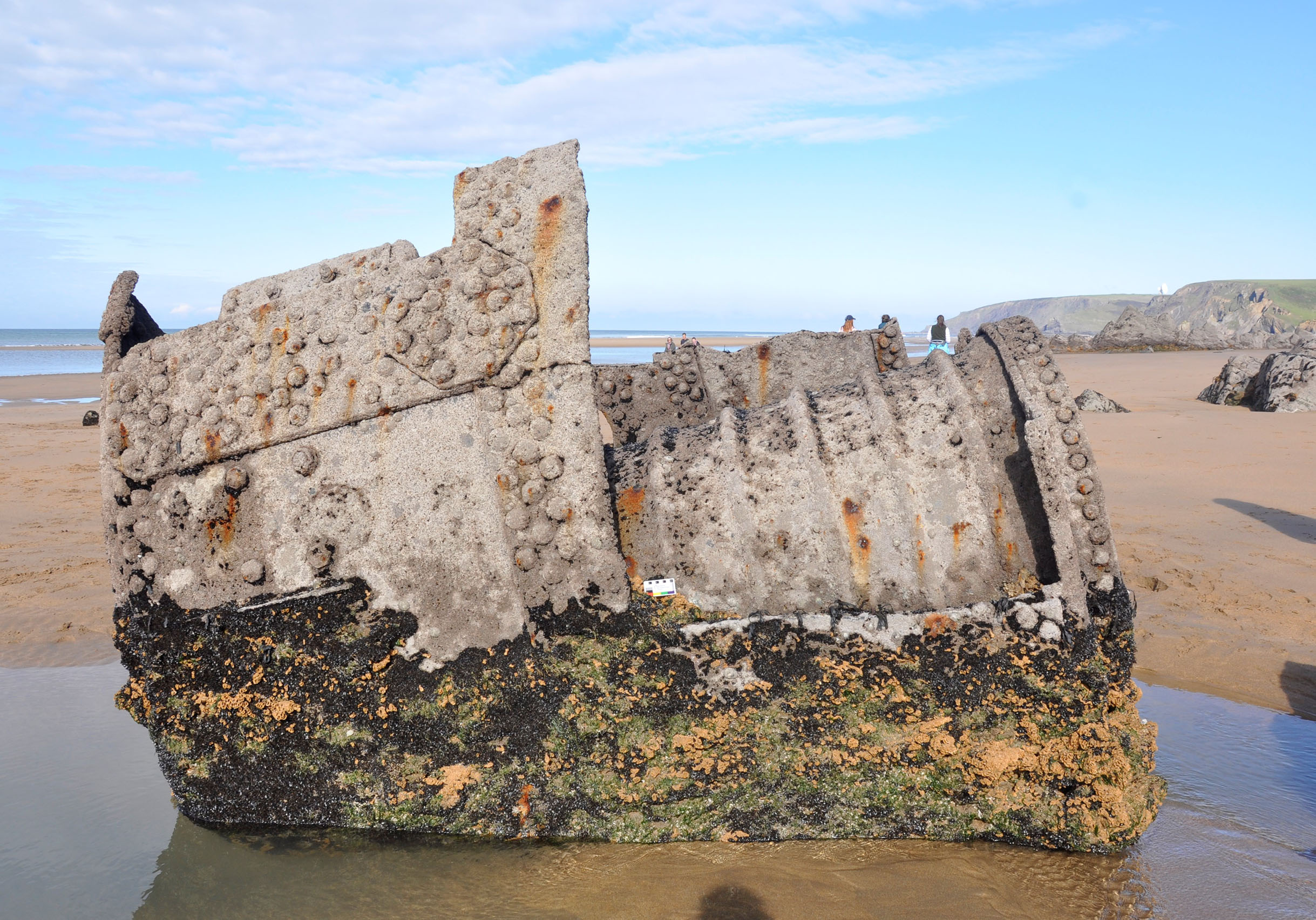
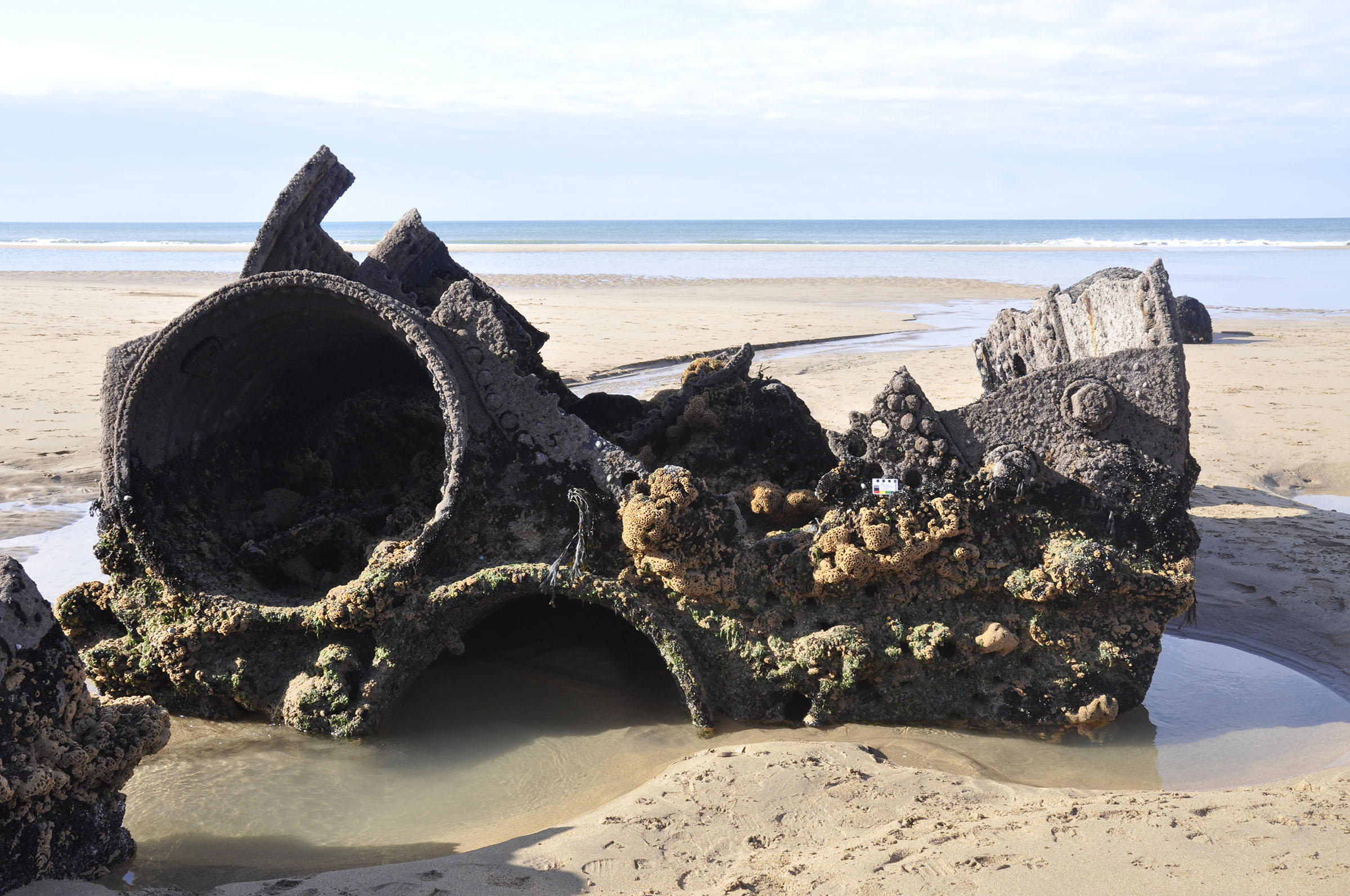
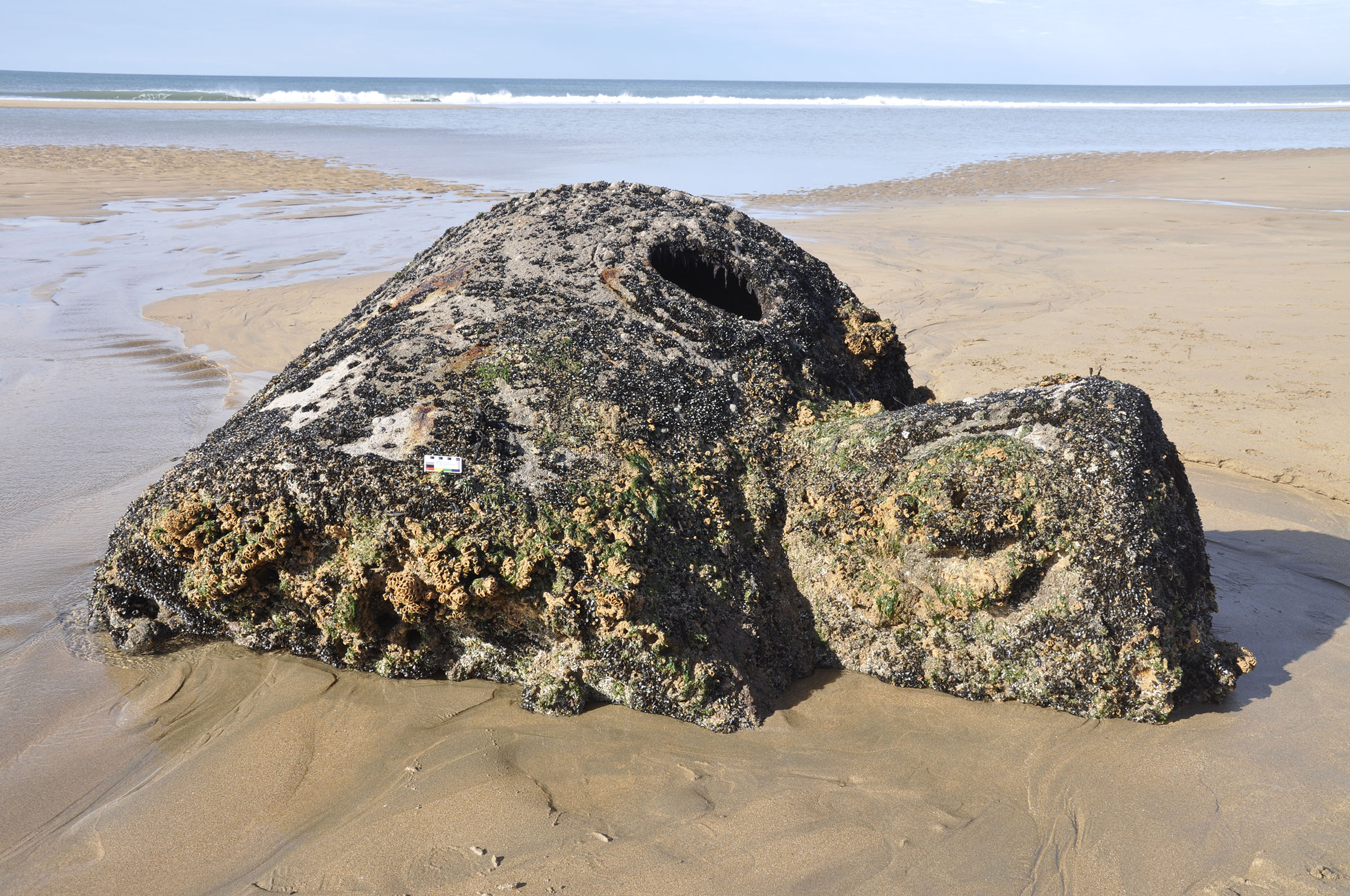
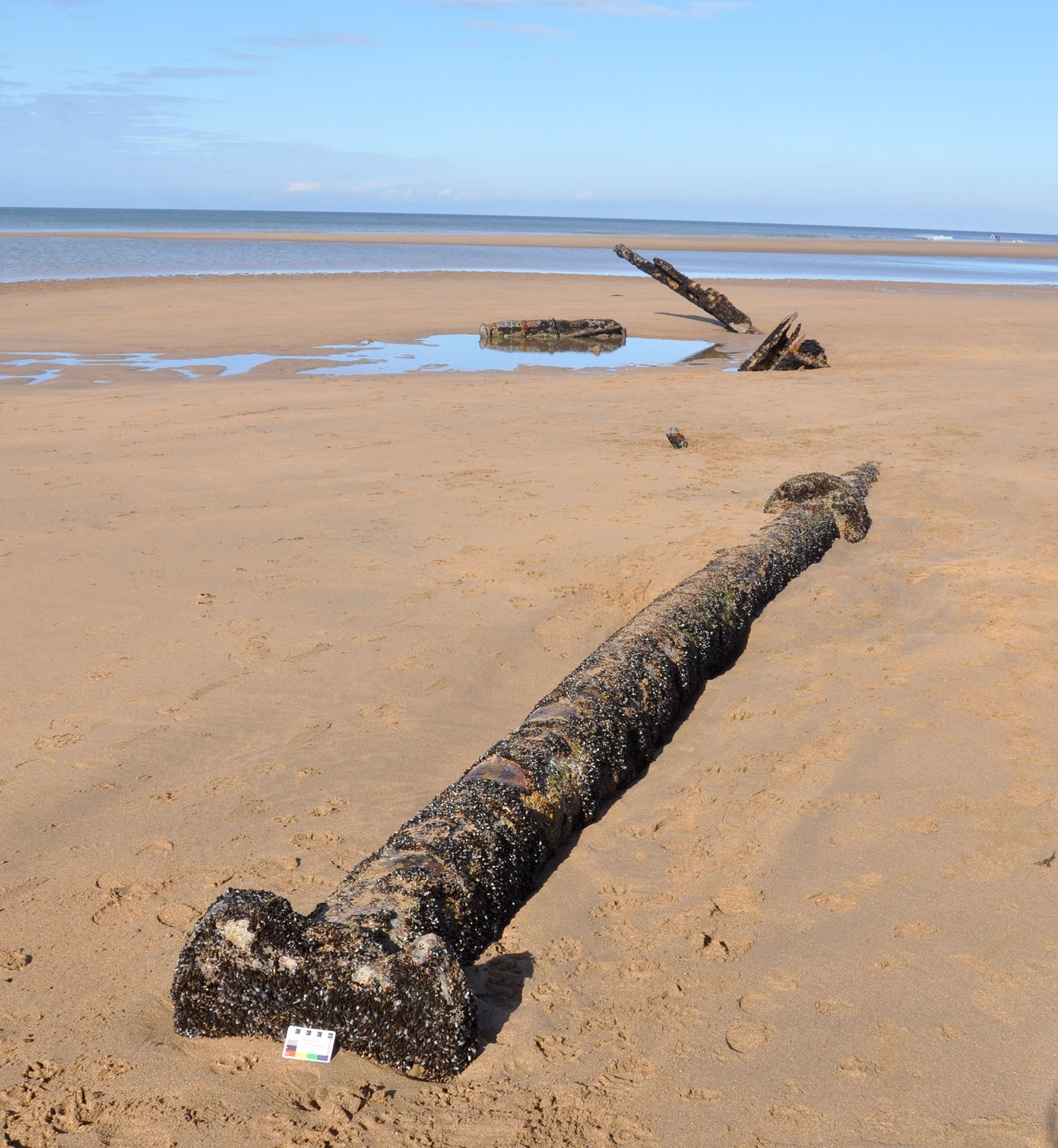
When viewing the boilers on the beach, it is worth sparing a thought for the stokers undertaking the back-breaking work shovelling coal in through the furnace doors, toiling below in the belly of the ship in hot, dirty conditions, while under the constant threat of U-boat attack. These are just some of often unrecognised war efforts associated with war at sea which was being fought on a daily basis just off the shore. Belém is one of around 5,000 recorded wrecks from the First World War within the waters around Britain, the physical remains of these vessels are a testament to the bravery and sacrifice of so many who were lost at sea during the conflict.
The site is a fascinating one to visit and allows you to get up close and personal with a piece of history not just significant for Bude and the maritime aspects of the First World War, but also for late 19th and early 20th century trading across northern Europe, the Mediterranean and Black sea. Visiting the site needs a particularly low spring tide, it can be reached walking north from Northcott beach. If you are thinking of heading to the wreck always double check the tide times and keep an eye out for the incoming tide – so, plan your visit and enjoy this important piece of history.
More Information & Resources:
Belém Report: FW_Site-report_Belem_FINAL_V1_Nov_2020.pdf
No-Co MAP project: https://maritimearchaeologytrust.org/projects-research/north-cornwall-maritime-archaeology-project-no-co-map/
Forgotten Wrecks of the First World War: https://forgottenwrecks.maritimearchaeologytrust.org/
Acknowledgements: Thanks are extended to Maritime Archaeology Trust volunteer – Roger Burns – who has researched the history of the ship and revealed many of the details of the ports of call.
